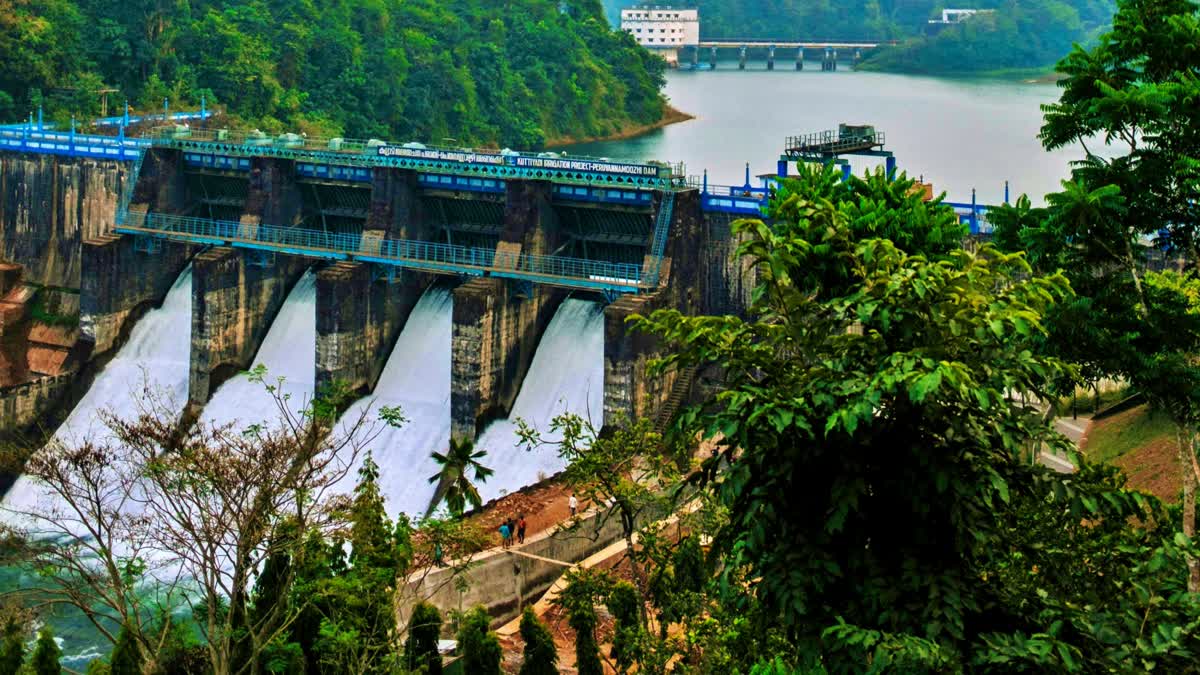New Delhi:Amid heavy rains across India, the water level of the country's main reservoirs has risen for the first time since September last year, the Central Water Commission (CWC) said.
Despite the marginal rise of 2 per cent from the previous week, this marks a departure from the consistent week-on-week decline reported since the bulletin issued on September 29, 2023, when the storage capacity stood at 73 per cent, according to the analysis of the data.
This improvement comes amid widespread rainfall across the country.
The CWC, which monitors the live storage status of 150 reservoirs across India, released its latest bulletin detailing these developments on July 4.
The CWC issues a weekly bulletin every Thursday, providing updates on the status of these reservoirs.
According to the bulletin, out of the 150 reservoirs, 20 are dedicated to hydroelectric projects, with a total live storage capacity of 35.30 billion cubic meters (BCM).
The CWC bulletin on July 4 said the live storage available in these reservoirs was 39.729 BCM, which is 22 per cent of their total live storage capacity.
In comparison, the live storage available during the corresponding period last year was 50.422 BCM, with a normal storage level of 44.06 BCM.
This indicates that the current live storage is 79 per cent of last year's corresponding period and 90 per cent of the normal storage level, the CWC said.
Region Wise Data
The northern region, comprising Himachal Pradesh, Punjab, and Rajasthan, has 10 reservoirs with a total live storage capacity of 19.663 BCM.
The current storage is 5.39 BCM (27 per cent), compared to 45 per cent during the same period last year and a normal storage level of 31 per cent.
The eastern region, including Assam, Jharkhand, Odisha, West Bengal, Tripura, Nagaland, and Bihar, has 23 reservoirs with a total live storage capacity of 20.430 BCM.
The current storage stands at 3.979 BCM (19 per cent), down from 20 per cent last year and a normal level of 23 per cent.
The western region, which includes Gujarat and Maharashtra, has 49 reservoirs with a total live storage capacity of 37.130 BCM. The storage is now at 7.949 BCM (21 per cent), compared to 27 per cent last year and a normal storage level of 22 per cent.
The central region, comprising Uttar Pradesh, Uttarakhand, Madhya Pradesh, and Chhattisgarh, has 26 reservoirs with a total live storage capacity of 48.227 BCM.
